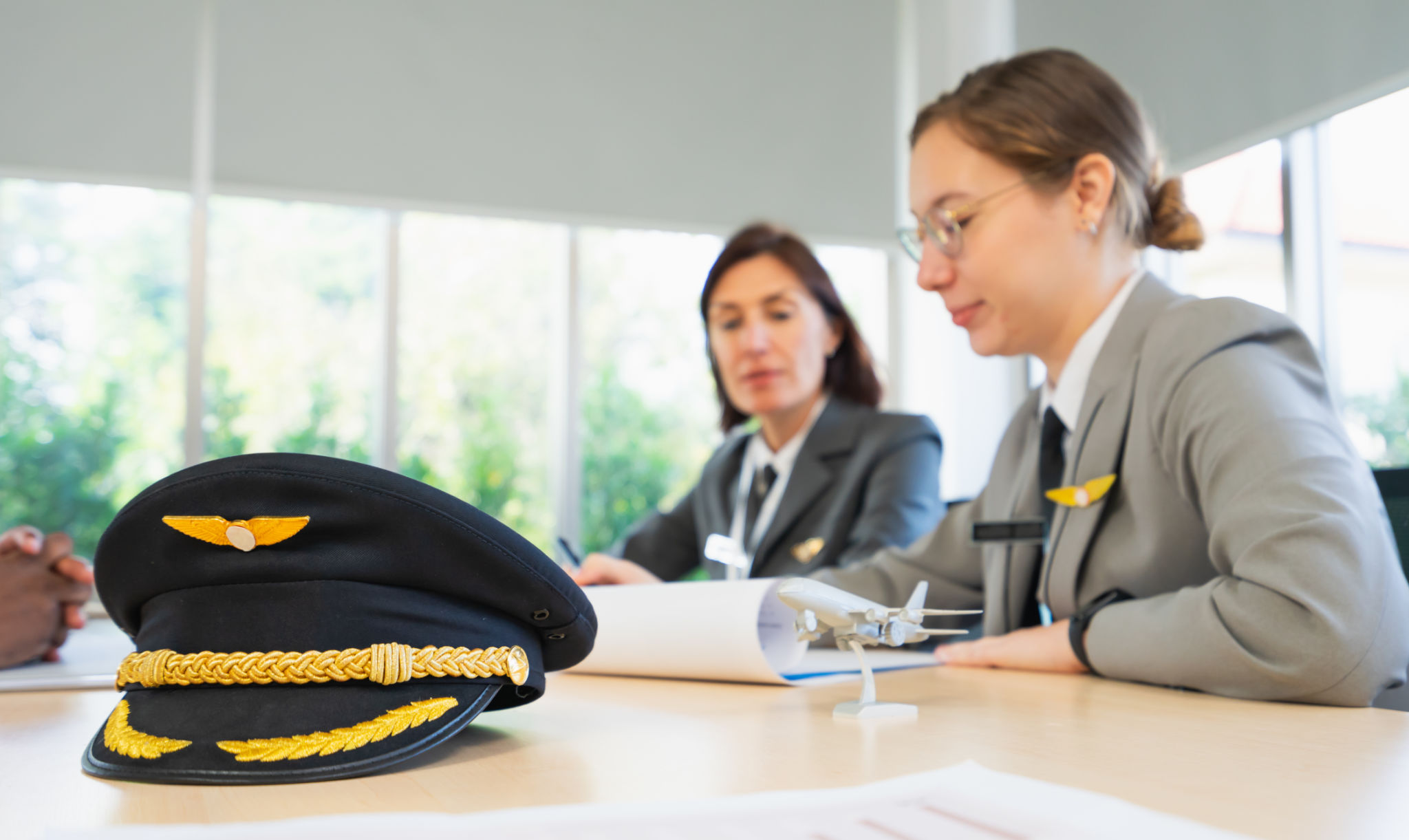Preparing for Your Instrument Checkride with a DPE: Essential Tips
Understanding the Checkride Process
Preparing for your instrument checkride with a Designated Pilot Examiner (DPE) can be both exciting and nerve-wracking. The checkride is your opportunity to demonstrate the skills and knowledge you've acquired in your training. Understanding the process is crucial to succeeding. The checkride typically consists of two parts: an oral exam and a flight test.
The oral exam will test your understanding of instrument flying rules, procedures, and regulations. It's essential to be thoroughly prepared, as the DPE will ask questions to assess your depth of knowledge. The flight portion allows you to showcase your practical skills in various scenarios, such as flying under instrument meteorological conditions (IMC).

Gathering Necessary Documentation
Before your checkride, ensure that all required documentation is in order. This includes your logbook with all necessary endorsements from your flight instructor. Additionally, make sure you have a valid medical certificate and that your pilot certificate is up to date. Double-check the expiration dates and renew any documents if needed.
It's also important to bring any study materials you might need for reference during the oral exam. This might include charts, approach plates, or electronic flight bags. Having everything organized and easily accessible will help you feel more confident and prepared.
Mastering Oral Exam Topics
The oral exam will cover a wide range of topics, so it's crucial to review your knowledge thoroughly. Key subjects include weather interpretation, flight planning, navigation systems, and emergency procedures. Familiarize yourself with the regulations under 14 CFR Part 91, as these are often a focus during the exam.

Consider practicing with a study group or a fellow pilot who has recently completed their checkride. Discussing potential questions and scenarios can provide valuable insights and help reinforce your understanding. Additionally, use online resources and practice exams to test your knowledge under exam-like conditions.
Preparing for the Flight Portion
Your performance during the flight portion will hinge on your ability to manage various in-flight scenarios efficiently. Key skills include proficiency in instrument approaches, holding patterns, and executing missed approaches. Practice these maneuvers repeatedly until you feel comfortable performing them without hesitation.
Another critical aspect is cockpit resource management. Demonstrating effective communication and decision-making skills will impress your DPE. Ensure all instruments are calibrated correctly before the flight and familiarize yourself with the aircraft you will be using for the checkride.

Mental Preparation and Stress Management
Mental preparation is just as important as technical skills for a successful checkride. Develop a routine that helps calm your nerves, whether that's through deep breathing exercises or visualization techniques. Remember that confidence comes from preparation; the more you practice, the more self-assured you'll feel.
On the day of the checkride, ensure you get enough rest the night before and eat a good meal to keep your energy levels stable. Arriving early at the test location can help reduce anxiety and give you time to settle in without feeling rushed.
Debriefing and Learning from the Experience
After completing the checkride, the DPE will provide feedback on your performance. Whether you pass or need additional training, this debriefing is an invaluable learning opportunity. Listen carefully to their insights and take notes on areas where you can improve.
If you don't pass on the first attempt, don't be discouraged. Take the feedback constructively and use it to better prepare for your next try. Remember, many successful pilots have faced similar challenges before achieving their goals.
